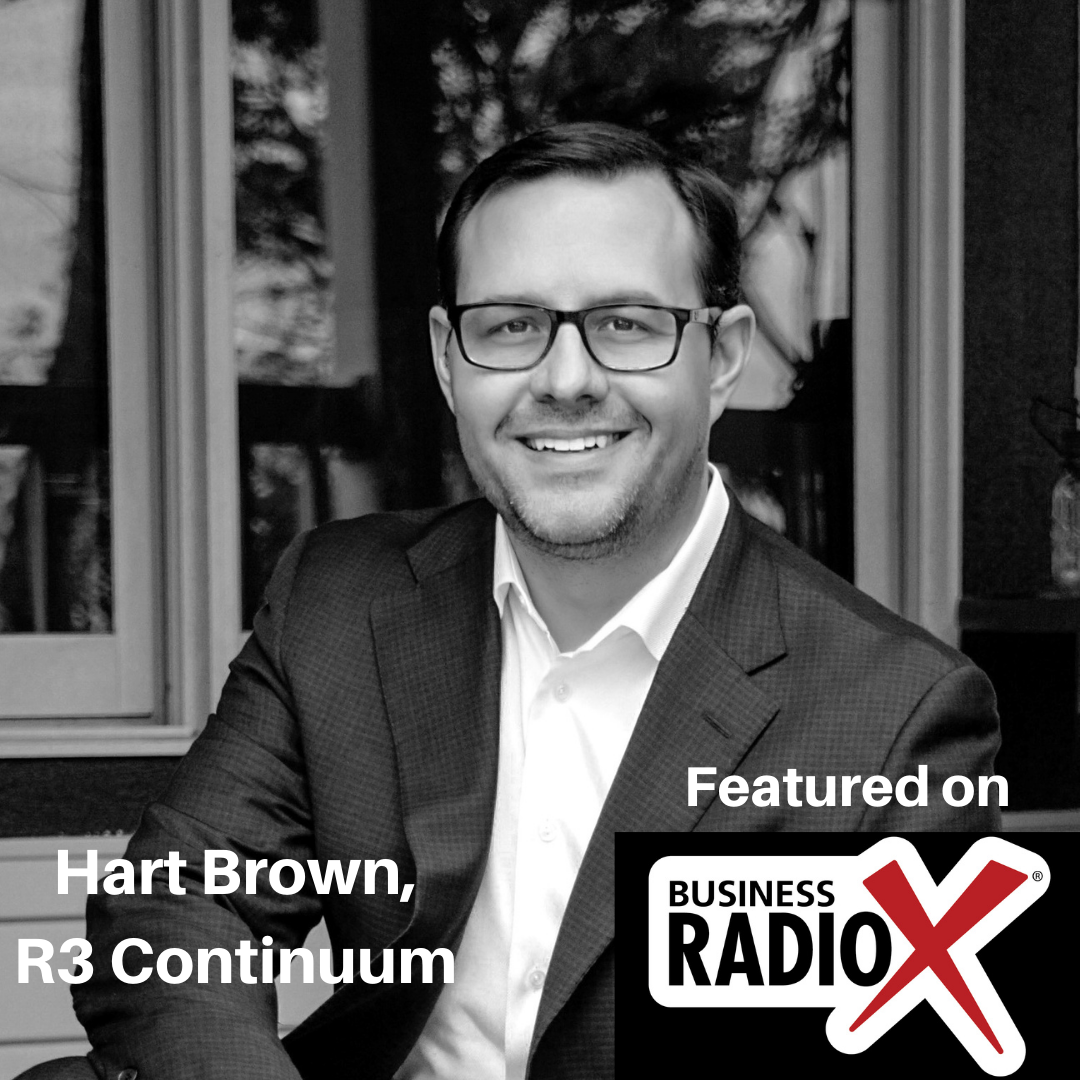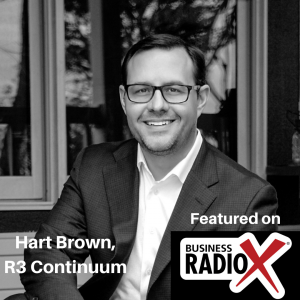

Coping with Doxing and the Negative PR it Generates, with Hart Brown, R3 Continuum
Hart Brown: [00:14:59] A lot of organizations, unfortunately, going through this in real time right now and having to make decisions – what they do with certain employees that have been doxed, and do they make a statement, or do they not make a statement? The first thing to understand in this process is … and I sort of go back historically to the world of crisis PR. Historically, there was this move to say we have to get ahead of the message. We have to say something. We have to engage. And what you find in today’s social media and media environment, it’s incredibly difficult. You’re just not going to be able to get ahead. You’re certainly not going to be able to create the message going forward in the first few minutes or few hours. It is going to go the way it wants to go.
Hart Brown: [00:15:46] So, the first thing to realize is you don’t have to jump out and say something right up front. It is important to do a risk assessment. So, what is being said? How many people are saying it? Why they’re saying it? All of that becomes very important. That helps to gauge when and how to potentially make a statement. Organization may never make a statement if the risk assessment says, you know what, the risk is very low from this event overall, any push, anything we do to put a spotlight on this case is likely to bring more negative attention on us, not necessarily positive. So, that’s the first big step.
Hart Brown: [00:16:29] Then, understand how the case occurred. So, a quick after action, a quick investigation as much as you can. Is this a single individual and has his or her information was easy to get by somebody outside the company, and they’ve put it forward, or is this something that is incredibly difficult to get this person’s information and publish it? Important to know potentially who. And in our world, we refer to it as an adversary. Who is this adversary? Is this somebody that just did it on a Saturday to do it, or is this something that’s really likely to potentially become an extended or elongated process? Are they going to do more? It would be an important part of that that risk assessment.
Hart Brown: [00:17:13] And then, creating a bit of a response plan with triggers or we call them triggers, if-then statements. If we see this, then we’re going to put out this kind of a statement. If we see this, we’re going to put out this kind of a statement. And create three or four potential scenarios, so you know what to do in these cases. And then, ultimately, you have to monitor how those statements are going. If you’re going to make a statement, important to get that feedback to make sure it achieves what you wanted to achieve.
Hart Brown, Senior Vice President
Hart Brown serves as Senior Vice President for R3 Continuum, a psychologically based crisis management firm that responds to 18,000 event each year. He brings over 20 years of experience in both the public and the private sectors. Hart has provided crisis and risk management services across 50 countries, to hundreds of events including the World Cup, one of the largest bankruptcies in US history and one of the largest mass shootings in US history.
Mr. Brown regularly responds to organizations involved in crisis events, security events, threats of violence and cyber incidents. Because of that, Hart works closely with insurance programs in commercial, personal, benefits and specialties markets supporting risk modeling and financial assessments as well as emerging risks, reputation protection, crisis management, active shooter and assault protection, and business interruption. He has an M.S. from Texas A&M University and holds certifications in organizational resilience, business continuity, loss prevention, as a commercial lines coverage specialist and as an ethical hacker.
The “One Minute Interview” series is produced by John Ray and in the North Fulton studio of Business RadioX® in Alpharetta. You can find the full archive of shows by following this link.
Renasant Bank has humble roots, starting in 1904 as a $100,000 bank in a Lee County, Mississippi, bakery. Since then, Renasant has grown to become one of the Southeast’s strongest financial institutions with over $13 billion in assets and more than 190 banking, lending, wealth management and financial services offices in Mississippi, Alabama, Tennessee, Georgia and Florida. All of Renasant’s success stems from each of their banker’s commitment to investing in their communities as a way of better understanding the people they serve. At Renasant Bank, they understand you because they work and live alongside you every day.















